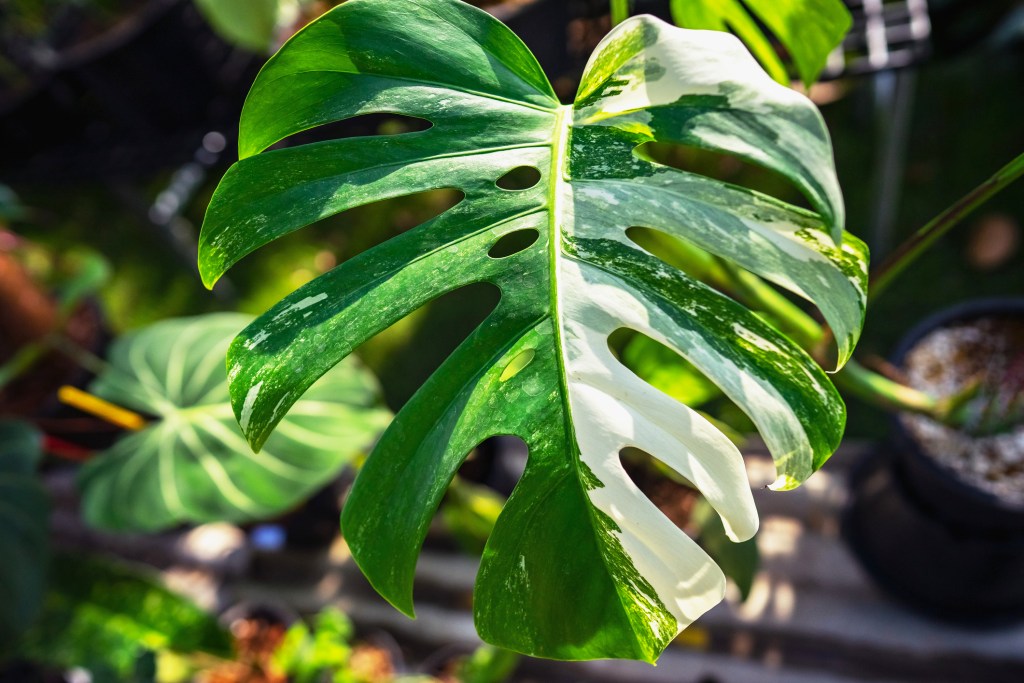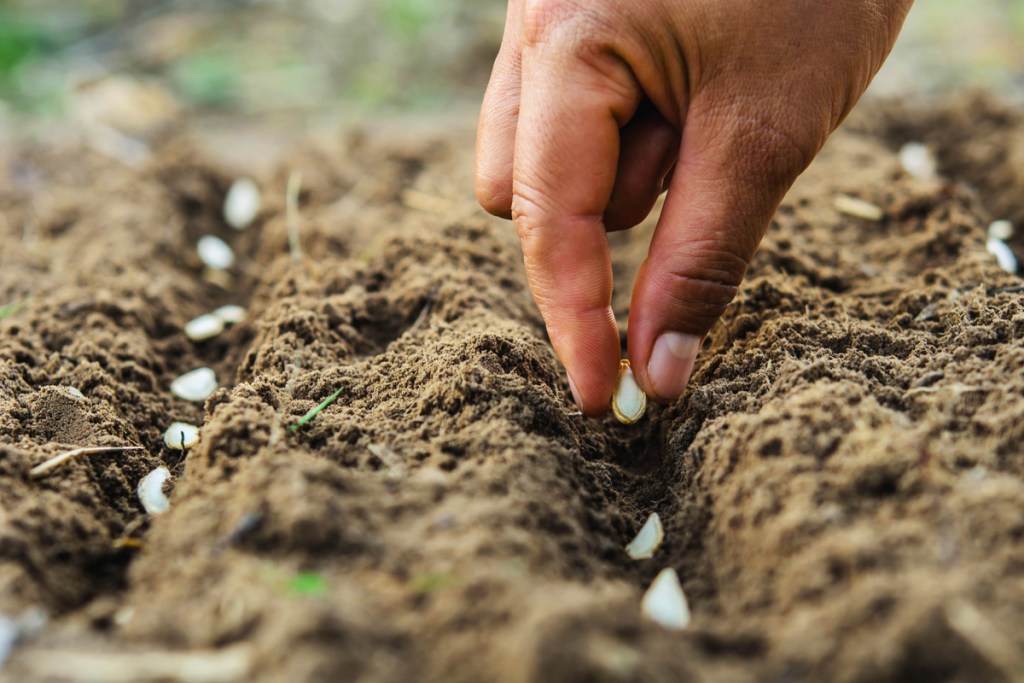After scrolling through your lush Instagram feed, you’ve come across the plant of your dreams. If it’s a coveted monstera obliqua or a philodendron gloriosum, chances are that it may be a little pricey. Less common tropical plants, especially aroids, aren’t easy to come across in the United States and can cost a pretty penny depending on where you live. Looking for affordable (or even free) options to find your top wishlist plant? Keep reading ahead for tips.

Local plant swaps and sales
Often, the best deals come from local plant swaps and sales. If someone has a rare plant or cutting that they’re willing to swap for one of your plants, you’ve got a done deal without paying anything extra. At plant sales or farmers markets, you may also come across vendors who specialize in aroids or cacti. These sellers will likely have exotic and uncommon plants at competitive prices. The drawback with swaps and sales is that you never know what you might find, so always check to see if these vendors and sellers are on social media for plant previews. You may also need to make an initial investment in a rare plant and propagate it before anyone is willing to trade with you.
Reputable online retailers
With online plant sellers, you can definitely browse for uncommon plants to find the best prices — maybe you’re on the hunt for that reasonably priced but difficult to find jewel orchid, calathea makoyana, or black magic colocasia. Check out online retailers such as Hirt’s Gardens and Gabriella Plants for some of the best deals. For extremely uncommon plants (think: your albos, gloriosums, and anthuriums), you may want to look into reputable online plant retailers who have a niche in rare plants and occasionally hold seasonal auctions — these sellers include NSE Tropicals and Steve’s Leaves. You may need to keep on top of restock notifications since they can run out of stock quickly from high demands.
Etsy and eBay
Etsy and eBay can be excellent sources for rare plants, but they may be a hit or miss. If you’re looking at listings from an international seller, make sure that their plants have phytosanitary certificates so that your foliage doesn’t get destroyed upon shipment overseas. (Side note: It may also be a risk buying overseas since you don’t know how long shipping will take.) Look closely at the listings, message the seller for more information, and comb carefully through reviews for any potential red flags. If your plant is making a long journey during the winter, inquire about heating packets or extra insulation.

Retailers who sell seeds
While sifting through Etsy and eBay, consider getting seeds for rare plants instead of live plants. A package of seeds will almost always be cheaper than a four-inch plant. Seeds can be a gamble, of course, since you don’t know what your plant might end up looking like. Also, you’ll want to monitor your seedling conditions scrupulously. Rare plants come from tropical rainforests and arid deserts, so you want to closely replicate these environments in your home for the best results.
Facebook Marketplace
Facebook Marketplace is another source to consider when you’re looking for the rare plant of your dreams. More often than not, you might just be coming across locals who want to declutter their plant collections. The great thing about finding plants through Marketplace or even a local plant Facebook group is that you don’t have to worry about your plant getting damaged in shipping. Do be aware that some sellers may get news of big-box stores receiving shipments of rare plants, buy out store stocks, and then mark up cuttings for prices. Connecting with locals can definitely help you catch wind of any of these sketchy activities — and, of course, source big-box store treasures.
You can also connect with plant sellers on social media sites such as Instagram. Again, international sellers on Instagram can be hit or miss, so research extensively before sending anyone money. If you already have a rare plant in your possession, it may be worth it to see if anyone in your Facebook or Instagram plant community is willing to trade with you.
Waiting it out
Sometimes, it’s worth waiting it out if the plant of your dreams isn’t quite in demand yet, since hyped-up plants can become cheaper and more accessible as time passes by. For example, plants such as hoyas and pilea peperomioides were relatively difficult and pricey just a few years ago but are now readily available. One popular wholesale grower, Costa Farms, has also been working to bring plants such as the rare monstera Thai constellation into stores at affordable prices. From time to time, big-box stores such as Lowe’s and The Home Depot have also been known to sell less common plants such as variegated monsteras.
It’s not impossible to find the plant of your dreams within your budget, but it may take some patience and creativity. You certainly don’t want to get scammed out of hundreds of dollars or buy a plant that might get confiscated and destroyed in shipping. On your search, browse local swaps and sales, look at reputable sellers, add yourself to local Facebook groups, and stay on top of restock notifications. Your rare plant is out there waiting for you!
Editors' Recommendations
- 6 tips you should keep in mind when building your own drought-tolerant garden
- Real vs. fake Christmas trees: Which is friendlier to the environment?
- 7 easy patio plants that will thrive into the cold winter months
- Which plants absorb the most carbon dioxide? Here are 4 air-cleaning plants to add to your home
- Where to buy seed potatoes for your garden




